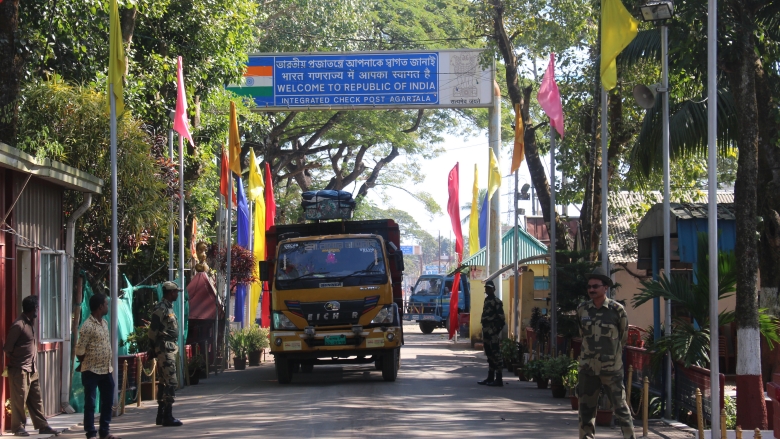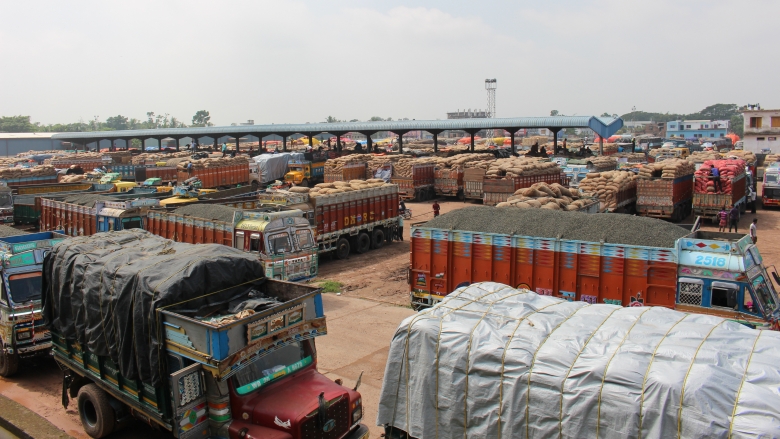Long-time non-tariff barriers in the quality and the connectivity of the physical infrastructure in the four BBIN countries — Bangladesh, Bhutan, India and Nepal — have suppressed regional trade for years.
This has meant that shipments to and from India’s eight northeastern states must be hauled through the congested Siliguri corridor to access the nearest maritime port in India at Kolkata.
From Agartala, the capital of the northeastern Indian state of Tripura, it’s a slow and costly 1,700-kilometer journey through the Chicken’s Neck to the port in Kolkata. Bangladesh’s decision to allow India access to Chittagong Port cuts the trip to a sea port to just over 200 kilometers.
“This is a huge step for Bangladesh and India to agree on access,” said Sanjay Kathuria, a World Bank lead economist who has studied and recommended ways to improve the economic integration of South Asia.
Bangladesh will also benefit.
, according to some estimates. Bangladesh, and especially Chittagong Port, has the potential to become a major trade and transit hub for South and Southeast Asia.
However, Chittagong Port, which already handles nearly 90 percent of Bangladesh’s seaborne trade, will require significant efficiency and capacity improvements if it is to realize the potential and become a major gateway.
A World Bank study measuring the competitiveness of South Asia ports found that containers spent an average 17 days in Chittagong Port in 2012, compared to three to four days at more efficient comparable ports, and less than one day at the most efficient container terminals. While there has been some progress in recent years, the port continues to struggle with severe congestion during busy periods.


